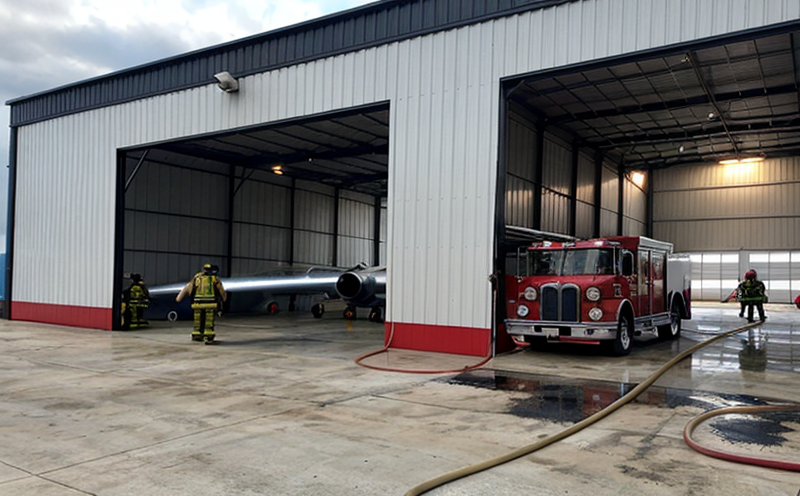Aircraft hangar fire suppression inspection
The inspection of fire suppression systems in aircraft hangars is a critical responsibility that ensures the safety and operational continuity of aviation facilities. Aircraft hangars, being large enclosed spaces where aircraft are stored, maintained, and prepared for flight, are inherently high-risk areas due to their combustible materials, fuel, and electrical equipment. Fire suppression inspections aim to verify compliance with international standards, ensure proper functionality, and identify potential hazards that could lead to a fire outbreak.
International standards such as ISO 14075-1 outline the requirements for fire protection systems in hangars. These inspections are not just about meeting regulatory compliance but also about enhancing safety and protecting valuable assets. The inspection process typically includes a thorough assessment of the system's components, including nozzles, piping, detectors, and control panels.
The primary goal is to ensure that these systems can be activated quickly and effectively in case of fire. This involves checking for proper installation, correct calibration, and regular maintenance. Additionally, the inspection assesses the readiness of personnel trained to operate these systems during an emergency. The expertise required for such inspections lies not only in understanding the technical aspects but also in recognizing potential vulnerabilities that could compromise system performance.
The importance of fire suppression inspections in aircraft hangars cannot be overstated. These facilities are often critical hubs in aviation operations, and any failure or delay in addressing a fire can have severe consequences. The inspection process typically involves several key steps:
- Visual assessment of the system components
- Functional testing of the system’s response to simulated fires
- Review of maintenance records and logs
- Evaluation of personnel training and emergency procedures
The findings from these inspections are crucial for identifying areas that need improvement. They provide a comprehensive overview of the fire suppression system's condition, ensuring that it remains reliable and effective throughout its operational life.
In conclusion, aircraft hangar fire suppression inspection is an essential service aimed at safeguarding valuable assets and ensuring compliance with international standards. By focusing on real-world test parameters and instrumentation, these inspections play a vital role in enhancing safety and preventing potential disasters within the aviation industry.
Industry Applications
| Application Area | Description |
|---|---|
| Aircraft Hangars | Ensures compliance with fire safety regulations and enhances operational continuity. |
| Maintenance Facilities | Protects maintenance teams from potential fire hazards during aircraft servicing. |
| Cargo Handling Areas | Prevents fires that could disrupt cargo operations and cause significant losses. |
| Training Centers | Safeguards against accidental fires in training environments, ensuring safe learning experiences. |
The inspection of fire suppression systems in these applications is crucial for maintaining safety standards. By identifying potential risks and implementing necessary improvements, the service helps ensure that critical infrastructure remains protected and operational at all times.
Quality and Reliability Assurance
- Compliance with Standards: Ensures adherence to international standards such as ISO 14075-1.
- Functional Testing: Conducts simulations of fire scenarios to test system responses.
- Maintenance Records Review: Evaluates the history and condition of the system components.
- Personnel Training: Checks the readiness and knowledge of personnel trained in emergency procedures.
The service focuses on providing detailed reports that outline findings, recommendations for improvements, and a summary of compliance levels. This ensures that all stakeholders are informed about the current state of fire suppression systems and any necessary actions to be taken.
Environmental and Sustainability Contributions
The inspection of aircraft hangar fire suppression systems also plays a role in environmental sustainability. By ensuring that these facilities are equipped with reliable fire protection, the service helps prevent accidents that could lead to significant fires. These fires can release harmful pollutants into the environment, contributing to air quality degradation.
Through regular inspections and maintenance, this service contributes to reducing the risk of such incidents. Additionally, by enhancing operational continuity, the service minimizes downtime in aviation operations, which is crucial for maintaining efficient supply chains and reducing unnecessary energy consumption during disruptions.





